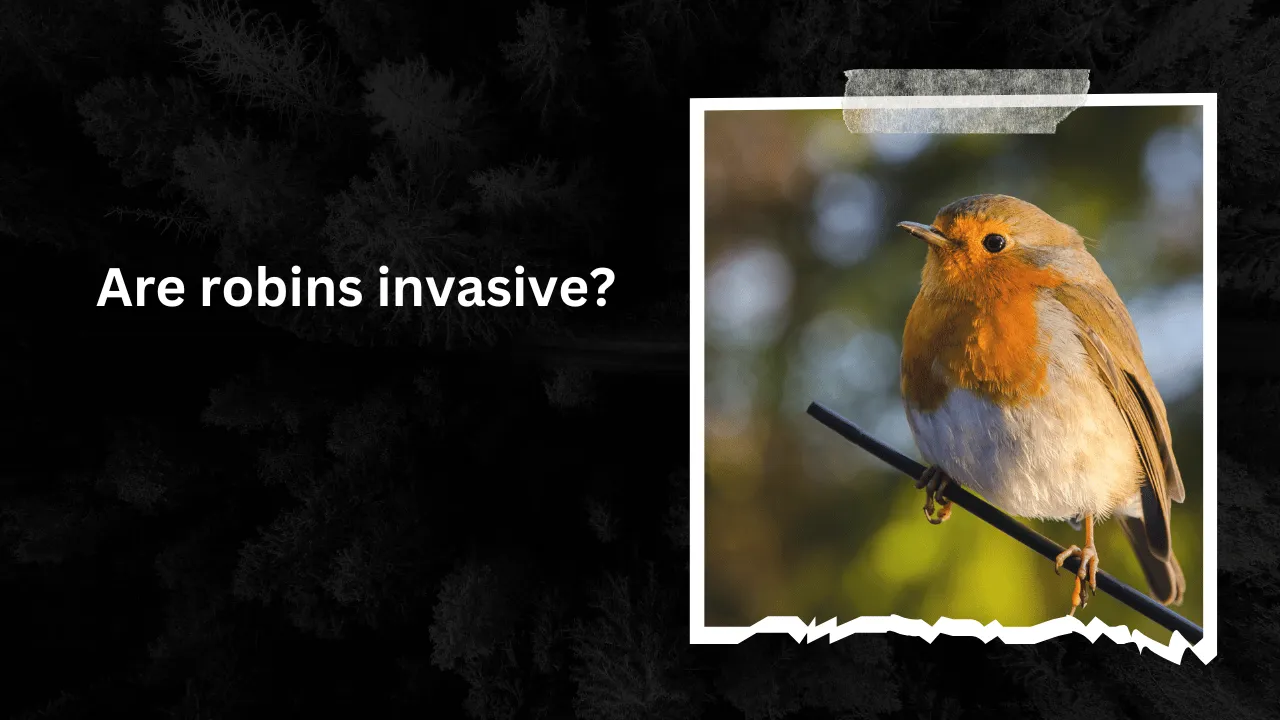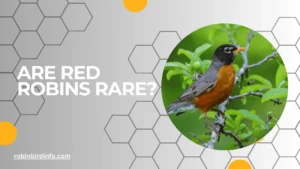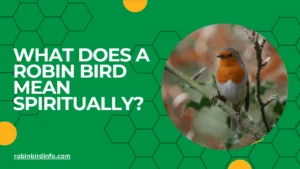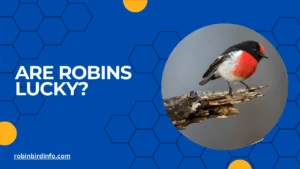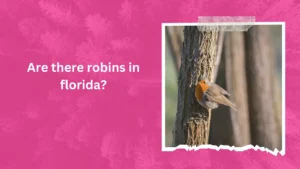We all know the cheerful chirp of a Robin, a harbinger of spring and a familiar sight flitting across our lawns.
But have you ever wondered if these seemingly harmless birds might pose a hidden threat to your backyard ecosystem? With the rise of invasive species wreaking havoc on native plants and animals, it’s natural to wonder – are Robins secretly invaders in disguise?
The answer might surprise you. This blog post delves into the fascinating world of American Robins, separating myth from reality. We’ll explore the concept of invasive species and their impact on the environment.
Then, we’ll uncover the truth about Robins – are they native or newcomers? Finally, we’ll shed light on their crucial role in maintaining a healthy ecosystem. So, grab a cup of coffee and get ready to see Robins in a whole new light.
You might be surprised to learn that these backyard buddies are actually beneficial neighbors!
Contents
Understanding Invasive Species
An invasive species is a non-native species that has been introduced to a new environment and causes harm to the ecosystem. These species often have characteristics that allow them to outcompete native species, such as rapid reproduction, aggressive competition, and a lack of natural predators.
Some common examples of invasive species include:
- Plants: Kudzu, Japanese knotweed, and water hyacinth
- Animals: Burmese python, lionfish, and European starling
These invasive species can disrupt ecosystems, damage crops, and harm native wildlife.
American Robins: A Native Species
American Robins are native to North America. They have a long history in the region and play an important ecological role. Robins are seed dispersers, helping to spread plants, and they also consume insects, which can help control pest populations.
Robins are beneficial to ecosystems because they contribute to pollination and help maintain a balance in the food web.
Misconceptions About Robins
There are some common misconceptions about Robins, including the idea that they are invasive species. However, this is not the case. Robins are native to North America and are not considered a threat to native ecosystems.
Misidentification of bird species can contribute to the spread of misinformation about invasive species. It’s important to accurately identify birds to avoid unnecessary concerns and to take appropriate conservation measures.
Conservation Concerns for American Robins
While American Robins are not invasive, they do face threats to their populations. Habitat loss and fragmentation due to human activities, such as deforestation and urbanization, can reduce the availability of suitable nesting and foraging sites.
Climate change can also impact Robin populations by altering migration patterns, breeding seasons, and food availability. Additionally, the use of pesticides can harm insect populations, which are a crucial food source for Robins.
Promoting Bird Conservation
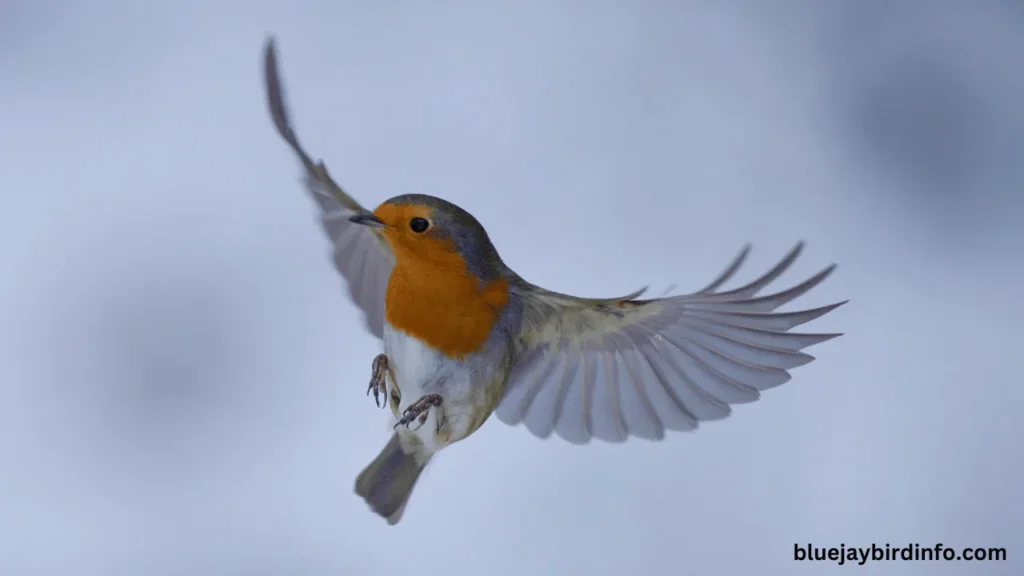
To protect Robin populations and other bird species, it’s important to support conservation efforts. This includes participating in citizen science projects, such as bird counts and surveys, to monitor bird populations and identify conservation needs.
Habitat restoration is another important conservation strategy. Planting native plants, creating bird-friendly landscapes, and reducing pesticide use can help to provide suitable habitats for Robins and other birds.
Responsible bird feeding can also contribute to bird conservation. By providing appropriate food and water sources, you can attract and support bird populations. However, it’s important to avoid overfeeding and to clean feeders regularly to prevent the spread of disease.
Conclusion
American Robins are not invasive species; they are native to North America and play a valuable role in ecosystems. By understanding their ecological role and the threats they face, we can take steps to protect these beloved birds.
By participating in conservation efforts, such as habitat restoration and responsible bird feeding, we can help ensure the survival of Robin populations for generations to come.
FAQ’s
Are Robins invasive in any part of the world?
No, American Robins are not considered invasive species anywhere in the world. They are native to North America and have a long history in the region.
What are the common misconceptions about Robins?
One common misconception is that Robins are aggressive or territorial. While they can be territorial during breeding season, they are generally harmless to humans. Another misconception is that Robins are invasive species, which is not true.
How can I identify a Robin?
American Robins are easily recognizable by their reddish-orange breast, gray back, and white eye ring. They are medium-sized birds with a distinctive song.
What is the best way to attract Robins to my yard?
To attract Robins to your yard, you can provide a variety of food sources, such as birdseed, mealworms, and fresh fruit. You can also create a bird-friendly environment by planting native plants, offering clean water sources, and providing nesting sites.
What are some common threats to Robin populations?
Robins face several threats, including habitat loss, climate change, and the use of pesticides. Habitat loss is a major concern, as it reduces the availability of suitable nesting and foraging sites.
How can I help protect Robin populations?
You can help protect Robin populations by participating in citizen science projects, donating to conservation organizations, and creating bird-friendly habitats in your own backyard.

